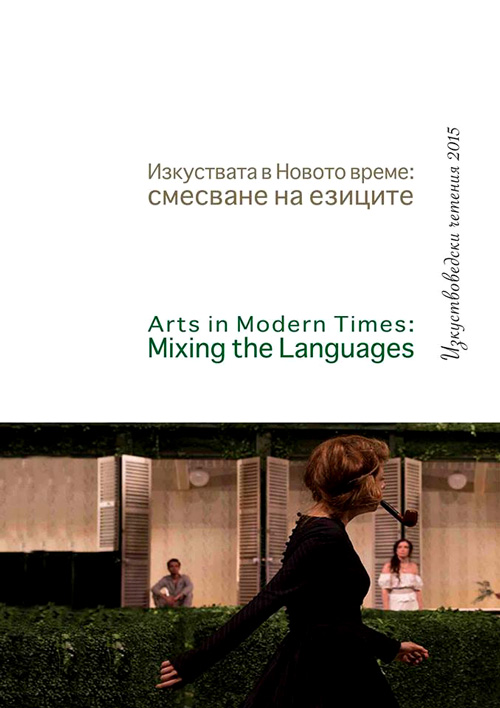Архитектурната рисунка като артефакт
Architectural drawing as an artefact
Author(s): Rumiana SekulovaSubject(s): History, Fine Arts / Performing Arts, Cultural history, Architecture, Visual Arts
Published by: Институт за изследване на изкуствата, Българска академия на науките
Summary/Abstract: The paper treats as artefacts architectural representations in sketches, drawings, studies, and prints and collages, hand drawn by architects using art devices. These reveal emotionally and intuitionally the creative interpretations of architectural objects. Original drawings by Erich Mendelsohn and a sketch by Frank Lloyd Wright visualise the significance of a drawn representation to architectural design. The illustrative artefacts, a print by Giovanni Battista Piranesi and a drawing by James Abbot are defined as typical architectural representations of the Baroque period in the history of art. The colour prints by Yakov Chernikhov are given as an example of an innovative representation of architecture in the style of Modernism. A project by Antonio Sant’Elia is presented as a Futuristic representation, while the graphic design by Alexander Smirnov, as a classical presentation of a drawn architectural design. The significance of drawn artefacts is traced in the exhibitions of collages by Richard Meier.
Journal: Изкуствоведски четения
- Issue Year: 2015
- Issue No: 2
- Page Range: 317-323
- Page Count: 7
- Language: Bulgarian
- Content File-PDF

